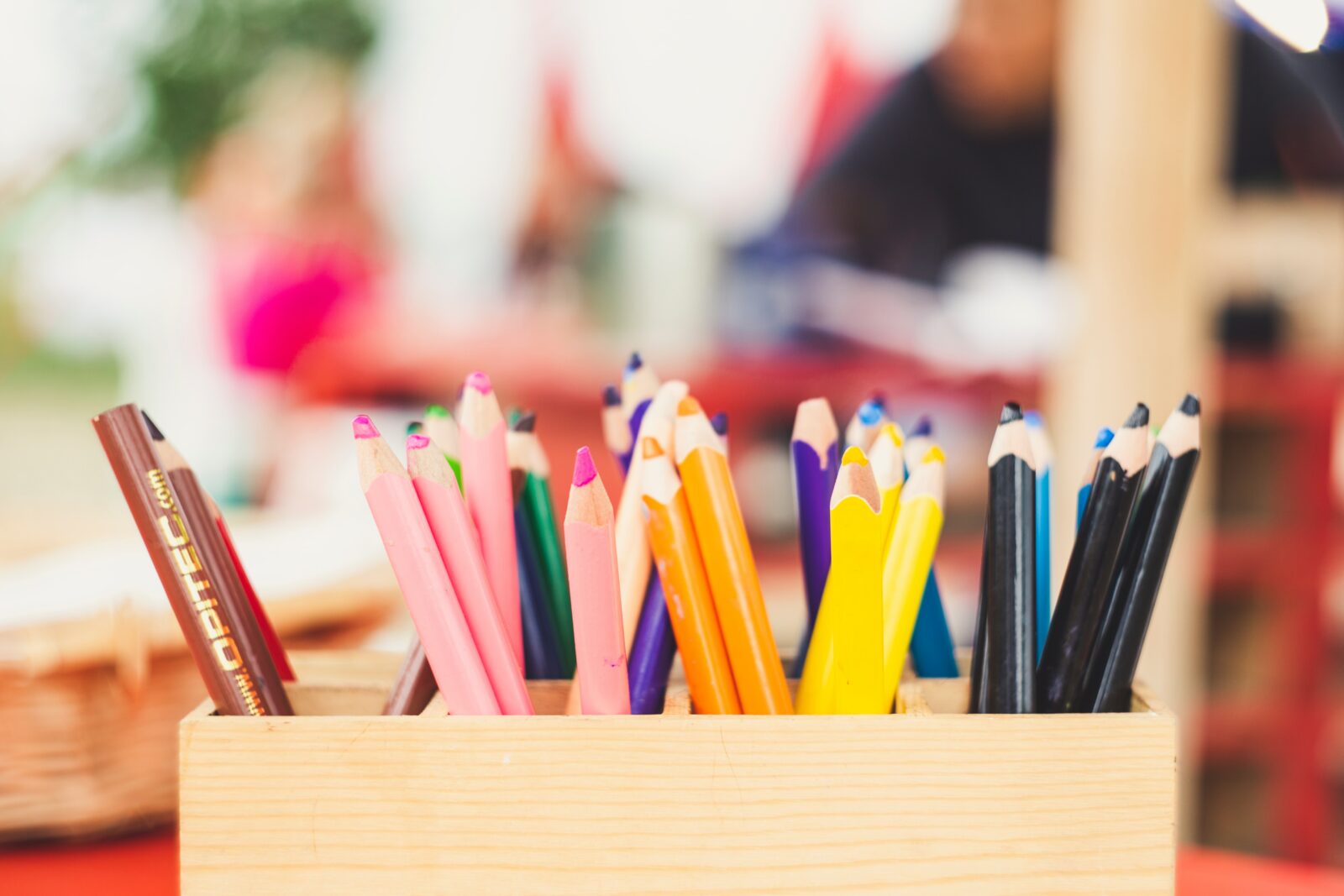There are two language and cultural coordinators in basic education, and schools and families can consult them in all matters relating to the teaching of pupils from different language and cultural groups.
Multicultural education
Contact information
-
Junkkila Merja
Language and Culture Coordinator in Basic Education
Phone
044 710 0001E-mail
merja.junkkila@kajaani.fiOffice
Basic education
Department of Education and Culture
Basic education
Department of Education and Culture
-
Tiina Sirviö
Perusopetuksen kieli- ja kulttuurikoordinaattori
Phone
044 7100260E-mail
tiina.sirvio@kajaani.fiOffice
Comprehensive schools
Basic education
Department of Education and Culture
Comprehensive schools
Basic education
Department of Education and Culture
